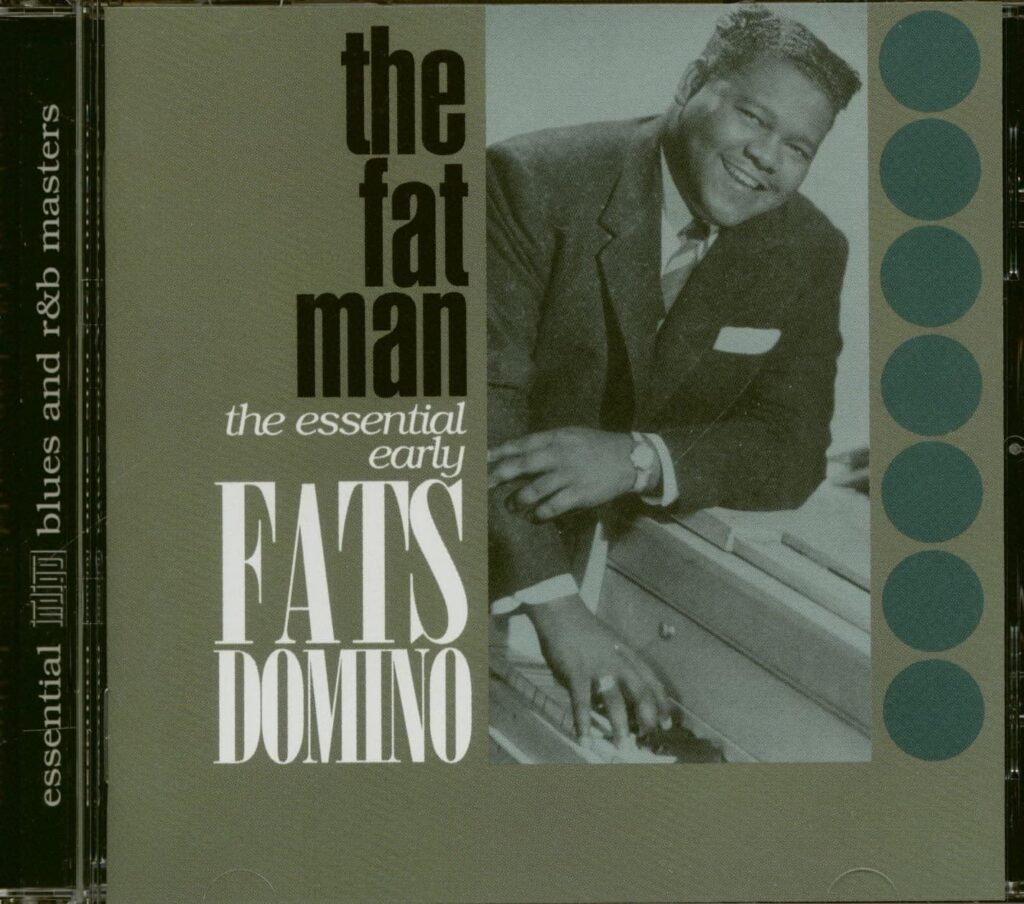
Fats Domino’s “The Fat Man” is an emotional, raw portrayal of a man grappling with his weight and its societal implications.
When we talk about the birth of rock ‘n’ roll, a handful of names immediately spring to mind. Elvis, Chuck Berry, Little Richard… they’re the titans, the household names etched into the very fabric of popular music. But to truly understand where it all began, to appreciate the raw, unadulterated essence of this new sound, you have to look beyond the iconic figures and delve into the murky, vibrant underbelly of rhythm and blues. And there, sitting squarely at the crossroads of boogie-woogie and what would become rock ‘n’ roll, is one man: Fats Domino, and one song: “The Fat Man”.
Released in late 1949, this track wasn’t just a hit; it was a seismic event. While its initial chart performance might not seem as spectacular as later rock anthems, its impact was undeniable. It quickly climbed the Billboard R&B chart, reaching an impressive No. 2 and staying there for a staggering eight weeks. For a young, black artist from New Orleans on a small independent label, Imperial Records, this was a monumental achievement. It wasn’t just a song; it was a statement. It announced the arrival of a new voice, a new sound, and a new era.
The story behind the song is as personal and profound as the music itself. Antoine “Fats” Domino, a man whose very name was a nod to his imposing physique, found himself at a crossroads. He was a master of the piano, a prodigy of boogie-woogie, but he was also keenly aware of the jokes and comments about his size. Instead of shying away from it, he leaned in. He transformed his personal struggles and self-awareness into art. The lyrics of “The Fat Man” are a powerful, almost confessional, glimpse into his world. He sings, “They call me the fat man, ’cause I’m twenty-one years old / And I’m five feet five, and my weight’s too great for gold.” It’s a poignant, raw admission, a vulnerability that was rarely seen in the macho world of rhythm and blues.
The song’s meaning goes far beyond a simple lament about weight. It’s an anthem of self-acceptance and defiance. It’s a testament to owning your identity, flaws and all. The “fat man” isn’t a figure of ridicule but one of power and confidence. The driving beat and honking saxophone, played by Herb Hardesty, create a sense of joyous liberation, as if the artist is shedding his insecurities with every note. This isn’t a song of sorrow; it’s a celebration of resilience. It’s the sound of a man finding his voice and, in doing so, creating a voice for an entire generation.
In a broader sense, “The Fat Man” serves as a crucial bridge between the rhythm and blues of the 1940s and the rock ‘n’ roll of the 1950s. The song’s pounding piano rhythm, courtesy of Fats Domino himself, is a direct ancestor of the rock ‘n’ roll piano style that would become so influential. It was one of the first songs to feature a piano so prominently as a lead instrument, driving the rhythm and melody with such force. When you listen to it, you can hear the future. You can hear the echoes of Jerry Lee Lewis, the swagger of Little Richard, and the sheer, unbridled energy that would define a decade. For those who were there, who heard this song pour out of a jukebox or a radio for the first time, it wasn’t just music; it was a revelation. It was the sound of something new, something exciting, something that would change the world forever. It was the moment rhythm and blues got a little bit fatter, a little more rambunctious, and a whole lot louder.